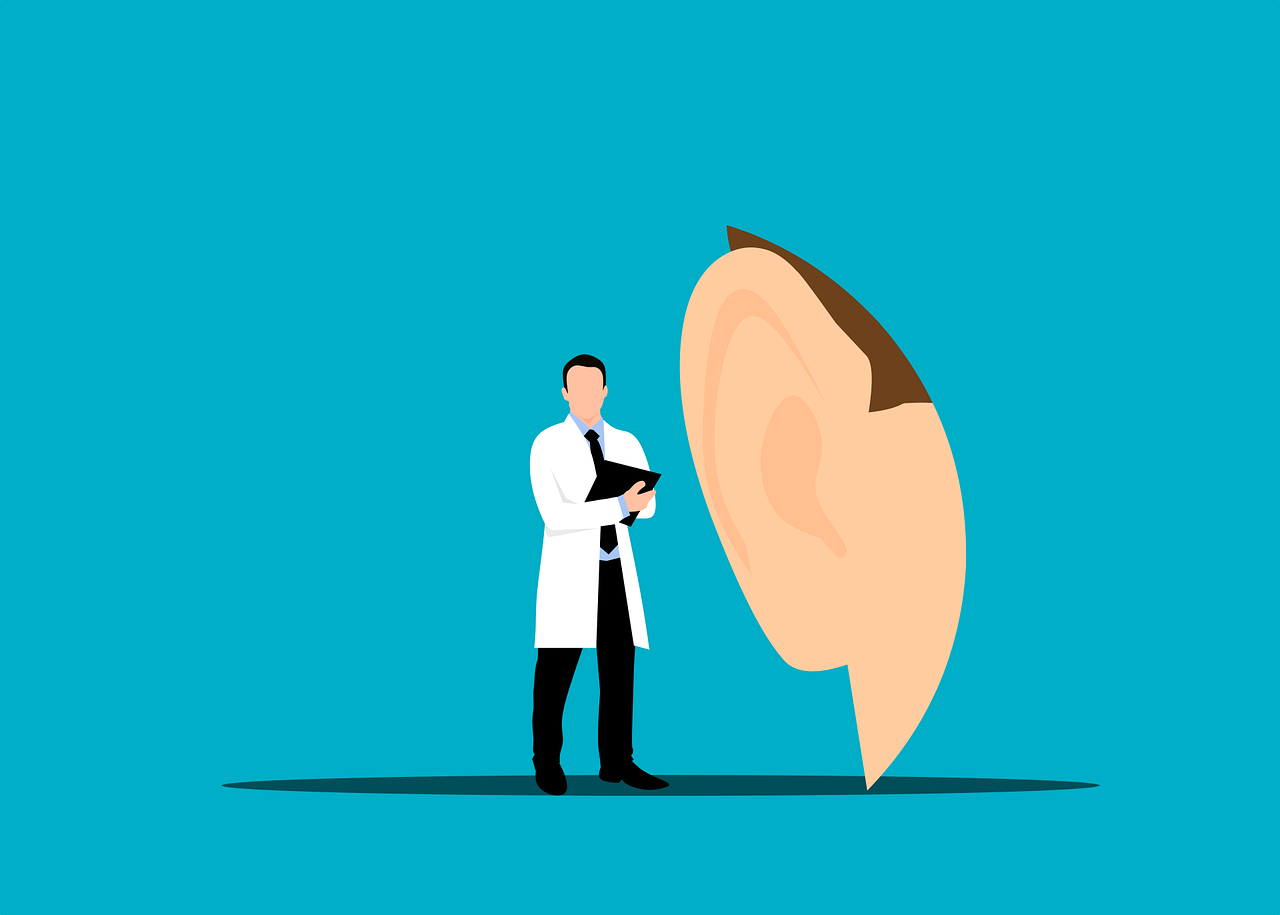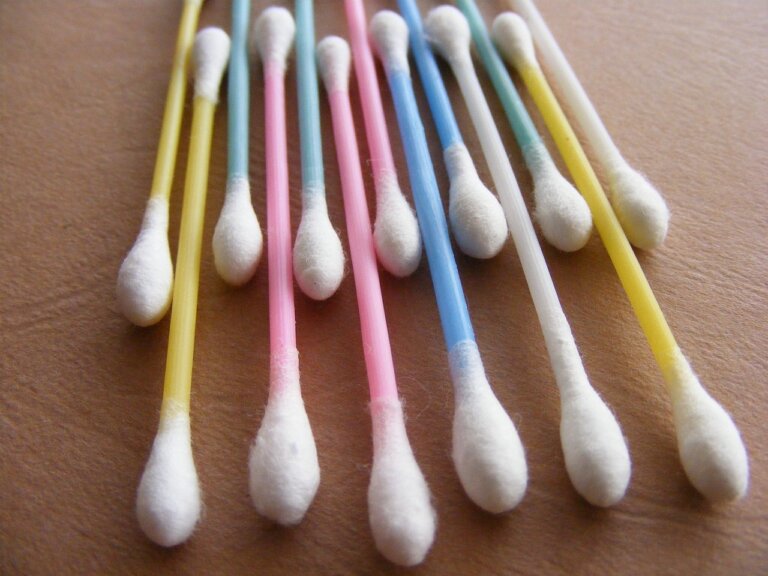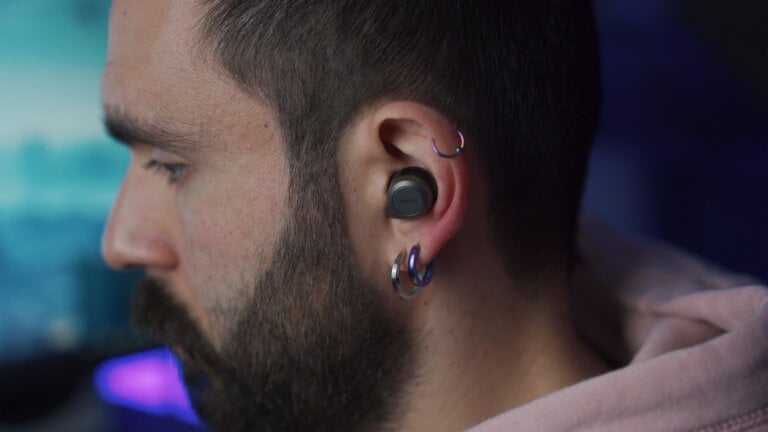Quality and Understanding Certifications in Manual Instrument Ear Wax Removal
Last Updated on 25th April 2024 by Admin
In the field of ear wax removal, prioritizing quality and ensuring that practitioners have the necessary certifications is crucial. Manual instrument ear wax removal is a widely used method that involves the use of specialized tools to safely and effectively remove excess wax from the ear canal. In this article, we will delve into the importance of quality and certifications in manual instrument ear wax removal, providing you with a comprehensive understanding of this essential healthcare practice.
The Significance of Quality in Manual Instrument Ear Wax Removal
Ear wax, medically known as cerumen, is a natural substance produced by the glands in the ear canal. While ear wax serves as a protective barrier against dust, debris, and infections, excessive buildup can lead to various symptoms such as hearing loss, earache, tinnitus, and dizziness. Therefore, it is crucial to remove excess wax in a safe and efficient manner, ensuring the highest level of quality.
Quality plays a pivotal role in manual instrument ear wax removal as it guarantees the effectiveness and safety of the procedure. A high-quality service ensures that the practitioner possesses the necessary skill set, knowledge, and experience to perform the removal process accurately, minimizing the risk of complications or damage to the ear. By prioritizing quality, patients can have peace of mind knowing that they are receiving the best possible care for their ear wax-related concerns.
When it comes to manual instrument ear wax removal, the quality of the service is directly linked to the expertise and experience of the practitioner. A skilled practitioner understands the complexities of the ear anatomy and can adapt their techniques based on individual needs. They are well-versed in using specialized tools to remove excess wax without causing any harm or discomfort to the patient.
Additionally, a high-quality service ensures that the practitioner follows strict infection control measures. This includes using sterilized instruments, maintaining proper hand hygiene, and creating a clean and sanitized environment. By adhering to these protocols, the risk of infections during the removal process is significantly reduced, further emphasizing the importance of quality in manual instrument ear wax removal.
Understanding Certifications in Manual Instrument Ear Wax Removal
Certifications in manual instrument ear wax removal demonstrate the expertise and proficiency of the practitioner in performing the procedure. These certifications validate the practitioner’s knowledge of ear anatomy, wax removal techniques, infection control measures, and overall patient safety. Let’s explore some of the essential certifications that ensure a practitioner’s competence in manual instrument ear wax removal:
1. Certificate in Manual Instrument Ear Wax Removal
This certification is awarded to individuals who have completed comprehensive training programs focused on various aspects of manual instrument ear wax removal. It encompasses theoretical knowledge, practical skills, and hands-on experience, ensuring that the practitioner has a well-rounded understanding of the procedure.
Obtaining a certificate in manual instrument ear wax removal signifies that the practitioner has undergone rigorous training and has met the required standards of competency. It demonstrates their commitment to providing high-quality care to their patients. This certification covers topics such as proper wax removal techniques, patient communication, and infection control practices.
2. Infection Control Certification
Infection control is of utmost importance in any healthcare practice, including ear wax removal. A certification in infection control ensures that the practitioner follows strict protocols and guidelines to prevent the spread of infections during the removal process. This certification emphasizes the use of sterilized instruments, proper hand hygiene, and maintaining a clean and sanitized environment.
By holding an infection control certification, practitioners demonstrate their understanding of the potential risks associated with ear wax removal and their commitment to ensuring patient safety. They are knowledgeable about the proper cleaning and sterilization techniques for the instruments used during the procedure. This certification also covers topics such as the proper disposal of waste materials and the implementation of infection control protocols in the clinical setting.
3. First Aid and Emergency Response Certification
While rare, complications during ear wax removal can occur. Having a first aid and emergency response certification equips the practitioner with the necessary skills to handle any unforeseen situations promptly and effectively. This certification emphasizes the importance of being prepared to address emergencies and provide immediate care if needed.
A first aid and emergency response certification ensures that practitioners are trained in recognizing and managing potential complications that may arise during ear wax removal. They are equipped with the knowledge and skills to handle situations such as severe pain, bleeding, or injury to the ear. This certification emphasizes the importance of maintaining a safe and controlled environment during the procedure.
The Advantages of Seeking Certified Practitioners
Choosing a certified practitioner for manual instrument ear wax removal offers numerous advantages. Here are some key benefits:
1. Expertise and Skill
Certified practitioners have undergone rigorous training and educational programs to obtain their certifications. They possess a deep understanding of ear anatomy, wax removal techniques, and infection control measures, ensuring that they can perform the procedure with precision and expertise.
By seeking a certified practitioner, patients can trust that they are receiving care from a professional who has demonstrated their competence in manual instrument ear wax removal. These practitioners have dedicated time and effort to acquire the necessary knowledge and skills to provide high-quality services.
2. Safety and Patient Care
Certified practitioners prioritize patient safety and care throughout the entire ear wax removal process. They follow strict protocols to minimize the risk of complications and ensure a comfortable and safe experience for the patient.
When patients choose a certified practitioner, they can have confidence that their well-being is in capable hands. Certified practitioners are trained to prioritize safety at every step of the procedure, from using sterilized instruments to maintaining a hygienic environment. They also take into account individual patient needs and ensure a comfortable and pain-free experience.
3. Updated Knowledge and Techniques
Certifications require practitioners to stay updated with the latest advancements in ear wax removal techniques and practices. This commitment to continuous learning ensures that certified practitioners are well-informed and equipped to provide the best possible care.
By choosing a certified practitioner, patients benefit from the practitioner’s up-to-date knowledge and skills. These practitioners regularly participate in professional development activities, attend conferences, and stay informed about the latest research and advancements in the field of ear wax removal. This ensures that patients receive the most effective and evidence-based care available.
4. Peace of Mind
By choosing a certified practitioner, patients can have peace of mind knowing that they are receiving a high-quality service from a qualified professional. This reassurance enhances the overall patient experience and fosters trust in the practitioner’s abilities.
Certifications provide patients with the confidence that their chosen practitioner has met the required standards of competency. Patients can trust that certified practitioners have the necessary expertise, skills, and knowledge to perform manual instrument ear wax removal safely and effectively. This peace of mind allows patients to focus on their well-being and trust in the quality of care they will receive.
In conclusion, quality and certifications are vital components in manual instrument ear wax removal. By prioritizing quality and seeking certified practitioners, patients can ensure that they receive the highest level of care, expertise, and safety throughout the procedure. Remember to always prioritize your health and well-being when seeking ear wax removal services.
FAQ
Q: Why is quality important in manual instrument ear wax removal?
A: Quality is important in manual instrument ear wax removal because it guarantees the effectiveness and safety of the procedure. It ensures that the practitioner has the necessary skill set, knowledge, and experience to perform the removal process accurately, minimizing the risk of complications or damage to the ear.
Q: What certifications are important for practitioners in manual instrument ear wax removal?
A: Some important certifications for practitioners in manual instrument ear wax removal include:
- Certificate in Manual Instrument Ear Wax Removal: This certification validates the practitioner’s knowledge of proper wax removal techniques, patient communication, and infection control practices.
- Infection Control Certification: This certification ensures that the practitioner follows strict protocols and guidelines to prevent the spread of infections during the removal process.
- First Aid and Emergency Response Certification: This certification equips the practitioner with the necessary skills to handle any unforeseen situations promptly and effectively.
Q: What are the advantages of seeking certified practitioners for manual instrument ear wax removal?
A: Some advantages of seeking certified practitioners for manual instrument ear wax removal include:
- Expertise and Skill: Certified practitioners have a deep understanding of ear anatomy, wax removal techniques, and infection control measures.
- Safety and Patient Care: Certified practitioners prioritize patient safety and care throughout the entire procedure.
- Updated Knowledge and Techniques: Certifications require practitioners to stay updated with the latest advancements in ear wax removal techniques and practices.
- Peace of Mind: Choosing a certified practitioner provides reassurance and trust in the practitioner’s abilities, enhancing the overall patient experience.
Q: How do certified practitioners ensure patient safety during manual instrument ear wax removal?
A: Certified practitioners ensure patient safety during manual instrument ear wax removal by following strict protocols and guidelines. They use sterilized instruments, maintain proper hand hygiene, and create a clean and sanitized environment. They also take into account individual patient needs and ensure a comfortable and pain-free experience.







